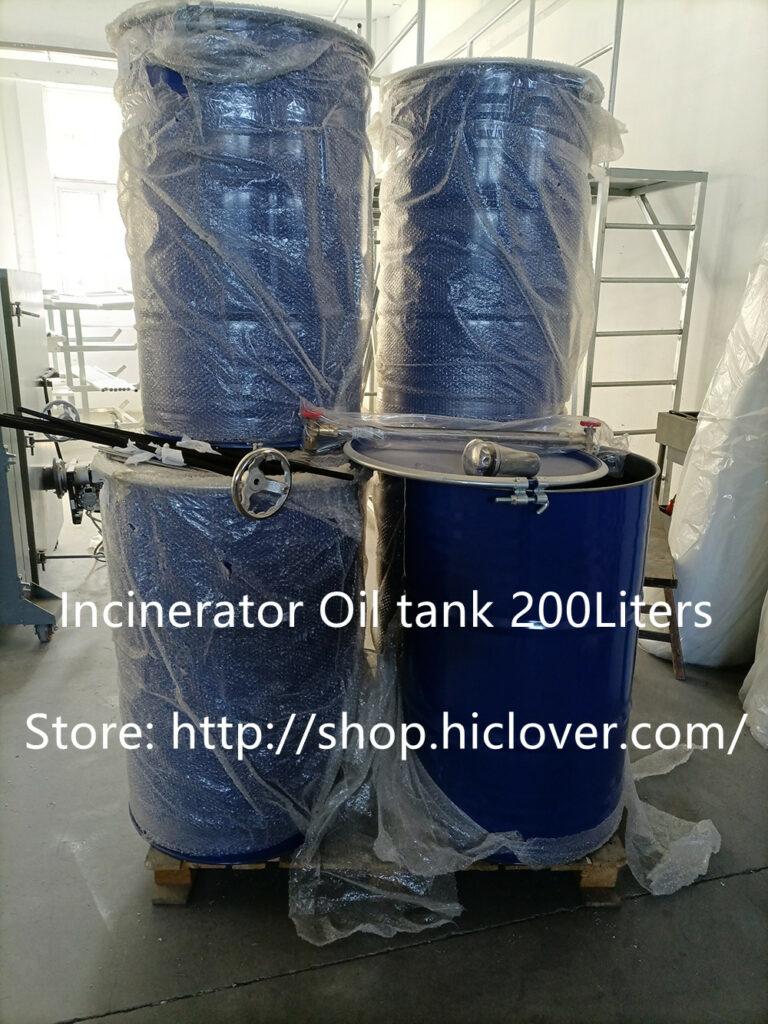The future of energy is an important topic of discussion as the world continues to search for sustainable and renewable sources of power. While solar, wind, and hydroelectric power are often discussed, there is another lesser-known energy source that is quietly making strides in the energy industry: garbage.
That’s right, garbage – the waste that we produce every day – is being harnessed to power the world. With the increasing global population and the subsequent rise in waste production, finding sustainable ways to manage and utilize this waste is crucial.
One of the most common methods of utilizing garbage as an energy source is through waste-to-energy technology. This process involves converting organic waste materials, such as food scraps and paper, into renewable energy sources like electricity and heat. This waste-to-energy technology not only helps to reduce the volume of waste in landfills, but also produces a cleaner and more sustainable energy source.
Another method of utilizing garbage as an energy source is through the production of biogas. This method involves the decomposition of organic waste in an anaerobic environment, resulting in the production of biogas, which can be used as a renewable energy source for heating, electricity, and transportation.
In addition to producing renewable energy, using waste as a power source can also help reduce greenhouse gas emissions. When organic waste materials are left to decompose in landfills, they produce methane, a potent greenhouse gas. By harnessing this waste for energy, we can reduce the amount of methane released into the atmosphere, helping to mitigate climate change.
Looking ahead, the potential for garbage as a power source is promising. As technology continues to advance, so too will the efficiency and effectiveness of waste-to-energy processes. Additionally, as the global community becomes more focused on sustainability and reducing its carbon footprint, the demand for renewable energy sources like garbage will continue to grow.
Furthermore, the widespread adoption of garbage as a power source has the potential to not only address energy needs, but also to address waste management issues. By diverting organic waste from landfills and utilizing it for energy production, we can reduce the strain on our landfills and promote a more circular economy.
Of course, using garbage as a power source is not without its challenges. Issues such as waste contamination, infrastructure needs, and public perception must be addressed in order to fully realize the potential of garbage as an energy source. However, with continued innovation and investment, these challenges can be overcome, paving the way for a greener and more sustainable energy future.
In conclusion, the future of energy is evolving, and garbage is playing a significant role in this transformation. By harnessing the energy potential of waste, we can not only produce renewable energy, but also address waste management and environmental issues. As the world continues to seek cleaner and more sustainable energy sources, garbage is proving to be a valuable and promising resource for powering the world.



